Banyalbufar travel information and video
Holiday information, facts, photos and video about Banyalbufar
Regions
Provinces
Coasts
Towns and areas
Regions
Provinces
Coasts
Towns and areas
Regions
Provinces
Coasts
Towns and areas
Featured holiday homes on Majorca
Highlights of Banyalbufar
Highlights of Banyalbufar
Banyalbufar
Just 40 minutes drive from the ultra modern and efficient international airport at Palma, Banyalbufar, is a small village hidden in the famous Serra de Tramuntana Mountains, between Andratx and Pollensa.
The name translates to ‘founded by the sea’, and this seaside village has been the centre of the fishing and agricultural industry for many centuries.
It has a population of less than 500 people and is characterized by the ‘marjades’ or stepped slopes, which lead down to the Mediterranean Sea.
The fertile soil has been corralled over the centuries into these stepped fields, where succulent fruits, and crisply fresh vegetables are grown, and where goats and sheep are fed on wild herbs, leaves and grasses giving their meat a special tenderness and flavour.
Leisure & Recreation
The mountains and coastal paths offer wonderful walking and hiking options, including routes that follow the beautiful coastline or go over the mountains all the way to Soller. The publicly owned Finca de Planisi can be visited to take in its diverse bio-culture and wonderful walks.
Mountain bikes can be hired, and this is an excellent area to indulge oneself in this energetic sport. Runners will marvel in the magnificent views and enjoy the brutal climbing and descents.
The rocky coastline offers several excellent locations for sea anglers.
Festivals
There is an annual Jazz festival held at the Baronia Clouster with a number of free concerts during July and August.
Beaches
The town beach is approximately 100 metres long, and is very popular, even though it is a pebble beach. There are facilities and refreshments close by.
A short drive in the car will take you to many wonderful coves and beaches, which are definitely worth exploring. Take a picnic and lots of water!
History
The origins of Banyalbufar are to be found in the Moorish buildings of the town; the area was founded in the 10th century; the name Banyalbafar is a Moorish and means "founded by the sea".
After the re-conquest of Mallorca, the town was assigned to Gilabert de Cruïlles and Ramon Sa Clusa, nobles who participated in 1229 in the military expedition together with King Jaume I, and in 1392 the Baronia de Banyalbufar was created, with civil and criminal jurisdiction over all the inhabitants of the town.
Eating out
Banyalbufar has an interesting selection of bars and restaurants, two of them in the Port des Canonge, a small village on the border with Valldemossa.
Places of interest
Take the old road called the Volta des General from Banyalbufar to the Port des Canonge, where you can visit the Verger Tower or Talaia de ses Ànimes, an ancient defence tower on a cliff overlooking the sea, just outside the town towards Estellencs; from here you get an impressive view of the coast.
Take a stroll around the ancient palace of the Baronia with an interior courtyard and a defence tower from the XVII century.
Cuisine
Banyalbufar itself is famous for its richly flavoured sun dried tomatoes. The cuisine of Mallorca is distinct, but much of the dishes are based on Catalonian cuisine. From the popular fried Mallorcan fish to shellfish with vegetables and lobster stew, from fresh island lamb (either roast or in dishes such as panadera, freixurat, and trunyelles) to flavoursome pork sausages (sobrassades, botifarró blanc, botifarró negre, carn i xua, cuixot) and goats cheese with herbs.
Here and there are reminders of an English influence, perhaps best seen in the meat and fish pies. Many of the islands sweets and desserts make use of the lighter cheeses, herbs, honey and almonds.
Climate
Mallorca enjoys a typical Mediterranean weather, with mild winters and hot summers. During the months of July and August, the weather is hot and beautifully sunny, boasting around 11 hours of sun daily.
During the winter, the weather can get chilly, but is generally you can enjoy fine, mild weather on most days.
Just 40 minutes drive from the ultra modern and efficient international airport at Palma, Banyalbufar, is a small village hidden in the famous Serra de Tramuntana Mountains, between Andratx and Pollensa.
The name translates to ‘founded by the sea’, and this seaside village has been the centre of the fishing and agricultural industry for many centuries.
It has a population of less than 500 people and is characterized by the ‘marjades’ or stepped slopes, which lead down to the Mediterranean Sea.
The fertile soil has been corralled over the centuries into these stepped fields, where succulent fruits, and crisply fresh vegetables are grown, and where goats and sheep are fed on wild herbs, leaves and grasses giving their meat a special tenderness and flavour.
Leisure & Recreation
The mountains and coastal paths offer wonderful walking and hiking options, including routes that follow the beautiful coastline or go over the mountains all the way to Soller. The publicly owned Finca de Planisi can be visited to take in its diverse bio-culture and wonderful walks.
Mountain bikes can be hired, and this is an excellent area to indulge oneself in this energetic sport. Runners will marvel in the magnificent views and enjoy the brutal climbing and descents.
The rocky coastline offers several excellent locations for sea anglers.
Festivals
There is an annual Jazz festival held at the Baronia Clouster with a number of free concerts during July and August.
Beaches
The town beach is approximately 100 metres long, and is very popular, even though it is a pebble beach. There are facilities and refreshments close by.
A short drive in the car will take you to many wonderful coves and beaches, which are definitely worth exploring. Take a picnic and lots of water!
History
The origins of Banyalbufar are to be found in the Moorish buildings of the town; the area was founded in the 10th century; the name Banyalbafar is a Moorish and means "founded by the sea".
After the re-conquest of Mallorca, the town was assigned to Gilabert de Cruïlles and Ramon Sa Clusa, nobles who participated in 1229 in the military expedition together with King Jaume I, and in 1392 the Baronia de Banyalbufar was created, with civil and criminal jurisdiction over all the inhabitants of the town.
Eating out
Banyalbufar has an interesting selection of bars and restaurants, two of them in the Port des Canonge, a small village on the border with Valldemossa.
Places of interest
Take the old road called the Volta des General from Banyalbufar to the Port des Canonge, where you can visit the Verger Tower or Talaia de ses Ànimes, an ancient defence tower on a cliff overlooking the sea, just outside the town towards Estellencs; from here you get an impressive view of the coast.
Take a stroll around the ancient palace of the Baronia with an interior courtyard and a defence tower from the XVII century.
Cuisine
Banyalbufar itself is famous for its richly flavoured sun dried tomatoes. The cuisine of Mallorca is distinct, but much of the dishes are based on Catalonian cuisine. From the popular fried Mallorcan fish to shellfish with vegetables and lobster stew, from fresh island lamb (either roast or in dishes such as panadera, freixurat, and trunyelles) to flavoursome pork sausages (sobrassades, botifarró blanc, botifarró negre, carn i xua, cuixot) and goats cheese with herbs.
Here and there are reminders of an English influence, perhaps best seen in the meat and fish pies. Many of the islands sweets and desserts make use of the lighter cheeses, herbs, honey and almonds.
Climate
Mallorca enjoys a typical Mediterranean weather, with mild winters and hot summers. During the months of July and August, the weather is hot and beautifully sunny, boasting around 11 hours of sun daily.
During the winter, the weather can get chilly, but is generally you can enjoy fine, mild weather on most days.
Things to do while you are here
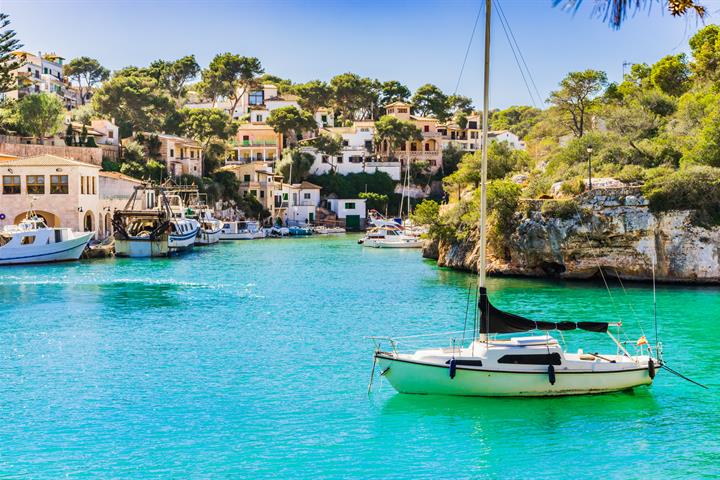
Where To Stay In MallorcaMallorca is a diverse island. Discover beautiful beaches and landscapes, wild party places, quiet family destinations and nature escapes... |
Discovering Mallorca: the Serra de Tramuntana mountainsA UNESCO World Heritage Site, the Serra de Tramuntana landscape northwest of Mallorca is a feast for the eyes in every season. Take a roadtrip along |
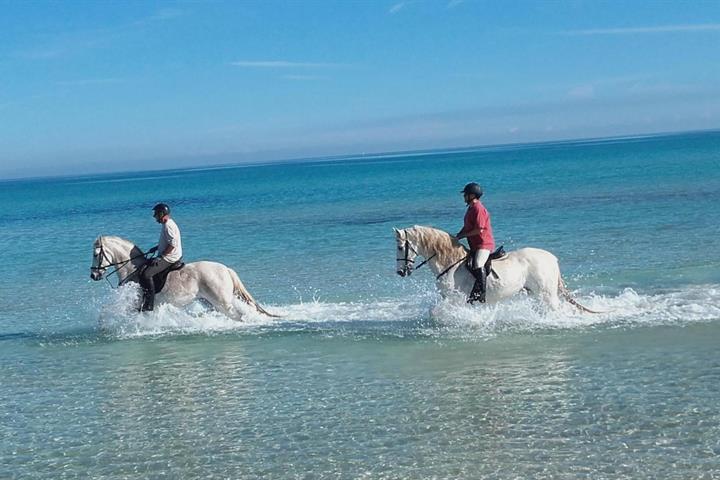
Majorca: What to see and do during WinterWhen you think of Majorca, do you only think of hot summer? Winter is the perfect season to explore the interior of the island without suffering. |
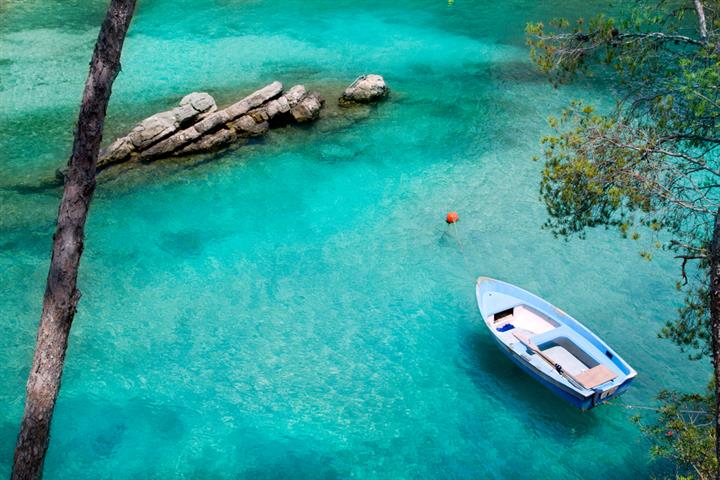
The 10 Most Beautiful Coves in MallorcaThe hidden coves of Mallorca. A traveller's guide. |
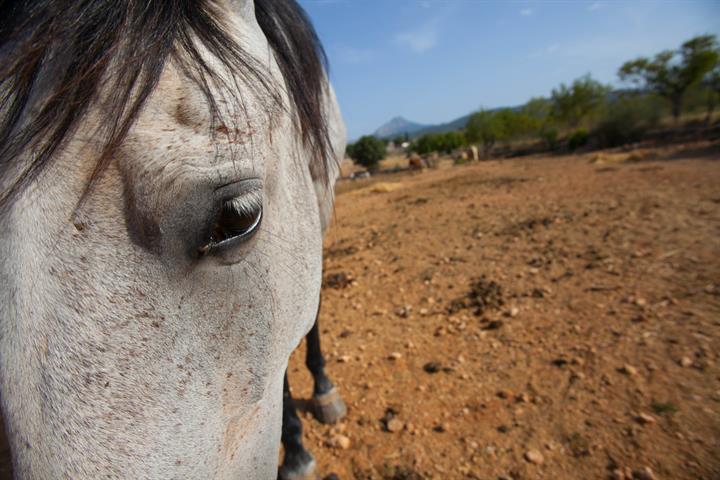
Horse riding in CalviaDo you need to find a reputable stables to keep you and your young pony fan happy whilst your on your holidays in Mallorca? |

Markets in MallorcaWhen on a self catering holiday in Mallorca you'll want to sample the island's best produce: get thee to a market! |
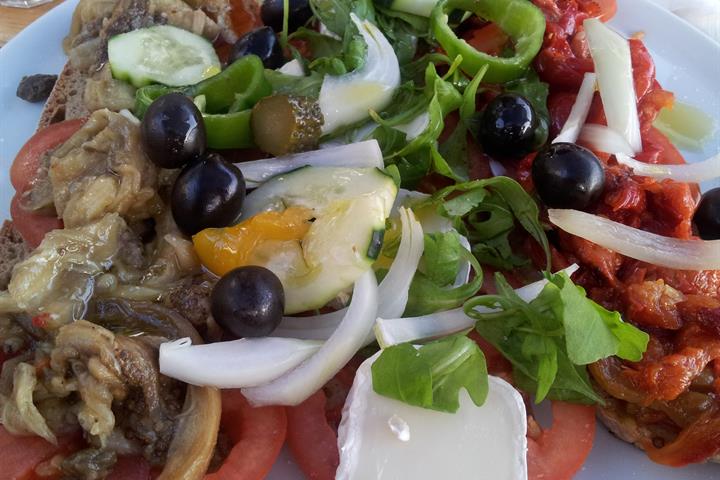
What to eat in Mallorca: traditional dishesFeeling peckish but not sure what's what? Mallorca has some interesting dishes and you shouldn't miss out on tasting them. |
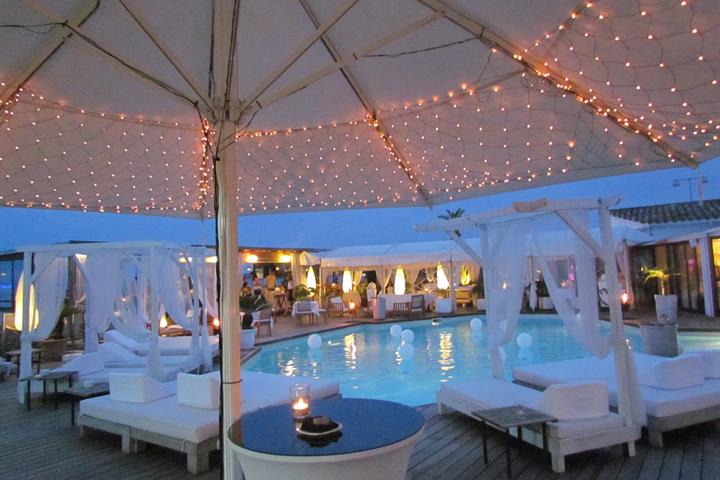
Beach clubs in Mallorca: #1 Mood Beach Bar & RestaurantWhat's the point of beach clubs? These days in Mallorca there are plenty to choose from. |

Where To Stay In MallorcaMallorca is a diverse island. Discover beautiful beaches and landscapes, wild party places, quiet family destinations and nature escapes... |
Discovering Mallorca: the Serra de Tramuntana mountainsA UNESCO World Heritage Site, the Serra de Tramuntana landscape northwest of Mallorca is a feast for the eyes in every season. Take a roadtrip along |

Majorca: What to see and do during WinterWhen you think of Majorca, do you only think of hot summer? Winter is the perfect season to explore the interior of the island without suffering. |

The 10 Most Beautiful Coves in MallorcaThe hidden coves of Mallorca. A traveller's guide. |

Horse riding in CalviaDo you need to find a reputable stables to keep you and your young pony fan happy whilst your on your holidays in Mallorca? |

Markets in MallorcaWhen on a self catering holiday in Mallorca you'll want to sample the island's best produce: get thee to a market! |

What to eat in Mallorca: traditional dishesFeeling peckish but not sure what's what? Mallorca has some interesting dishes and you shouldn't miss out on tasting them. |

Beach clubs in Mallorca: #1 Mood Beach Bar & RestaurantWhat's the point of beach clubs? These days in Mallorca there are plenty to choose from. |

Where To Stay In MallorcaMallorca is a diverse island. Discover beautiful beaches and landscapes, wild party places, quiet family destinations and nature escapes... |
Discovering Mallorca: the Serra de Tramuntana mountainsA UNESCO World Heritage Site, the Serra de Tramuntana landscape northwest of Mallorca is a feast for the eyes in every season. Take a roadtrip along |

Majorca: What to see and do during WinterWhen you think of Majorca, do you only think of hot summer? Winter is the perfect season to explore the interior of the island without suffering. |

The 10 Most Beautiful Coves in MallorcaThe hidden coves of Mallorca. A traveller's guide. |

Horse riding in CalviaDo you need to find a reputable stables to keep you and your young pony fan happy whilst your on your holidays in Mallorca? |

Markets in MallorcaWhen on a self catering holiday in Mallorca you'll want to sample the island's best produce: get thee to a market! |

What to eat in Mallorca: traditional dishesFeeling peckish but not sure what's what? Mallorca has some interesting dishes and you shouldn't miss out on tasting them. |

Beach clubs in Mallorca: #1 Mood Beach Bar & RestaurantWhat's the point of beach clubs? These days in Mallorca there are plenty to choose from. |
Reviews for Banyalbufar
Average overall ratings - Based on 4 reviews.
City
| City: |
Submitted by: Verena
21. Jun 2018
This review is in English
This review is in English
Banyalbufar review
Report abuse
You found this abusive
| City: |
Submitted by: Reuben Coppa
21. Jun 2018
This review is in English
This review is in English
Banyalbufar review
Report abuse
You found this abusive
| City: |
Submitted by: Verena Rathgeber
21. Jun 2018
This review is in English
This review is in English
Banyalbufar review
Report abuse
You found this abusive
| City: |
Submitted by: Verena Rathgeber
21. Jun 2018
This review is in English
This review is in English
Banyalbufar review
Beautiful small town with amazing restaurants.
Report abuse
You found this abusive